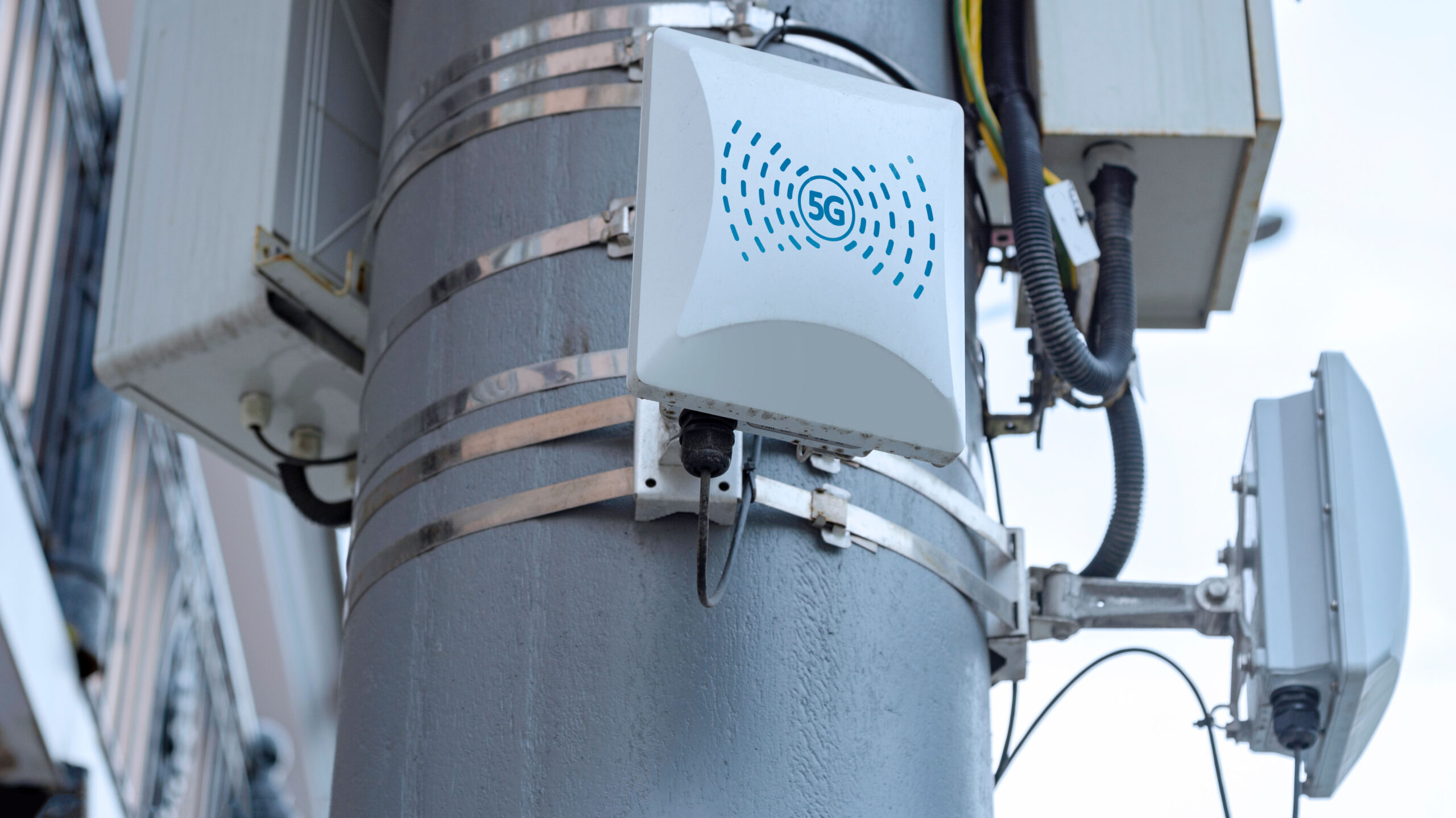
Telecom companies in Canada are looking to implement 5G technology across the country, but the success of this lingers on available infrastructure, according to a new report from the C.D. Howe Institute.
Given the next-generation network is key to economic growth and inclusion in Canada, with expectations it’ll positively impact health care, education, and many other aspects, telecom companies need to be given access to passive infrastructure that will support the network.
For wireline networks, passive infrastructure refers to poles owned by hydro and telecom companies. In the wireless context, it largely refers to tower rooftops where antennas are located.
The study states 5G network will require small antennas across all forms of non-traditional infrastructure for support. This includes buildings, streetlights, signs, and bus shelters, which will be connected to fibre-optic cables that will allow data to be transported quickly and reliably.
Leslie Milton, Jay Kerr-Wilson, and Paul Burbank are the study’s authors.
They stress carrier access to these sites is essential to delivering 5G in a timely manner. But the authors argue there is no federal oversight over the deployment of wireless infrastructure and insight on how carriers can access multi-tenant buildings, among other factors, is lacking.
Currently, carriers only have access to such infrastructure based on rules modeled by the Telecommunications Act. The act, which regulates telecom services and carriers, “is in serious need of amendment to support timely and cost-effective construction or wireless and wireline broadband networks.”
Without a better framework, carriers don’t have the access they need, resulting in possible delays, higher costs, and a barrage of factors that may result in projects being abandoned altogether, impacting the way 5G is implemented.
Recommendations
The study outlines seven recommendations that can see Canada improve and catch up to other countries.
The first and second focus on amending the act to give carriers the right to access areas to construct, operate and maintain transmissions lines, with jurisdiction under the CRTC.
Recommendations three to six focus on giving the CRTC the right to create conditions to how carriers can access structures where the transmission can be supported, how they can be supported in the federal context, and dispute resolution.
The seventh is to include Innovation, Science, and Economic Development Canada in consultations about cell deployment
“Implementation of these recommendations will facilitate the achievement of core Canadian policy objectives — including closing the digital divide and enhancing Canada’s economic growth and prosperity and social inclusion,” the study notes.
Canada is in a race with other countries to deploy 5G technology. But the study notes many countries have already taken steps to update framework involving passive infrastructure, including the U.S. and the U.K.
Successful deployment of the 5G network across the country will add an estimated $40 billion to the economy, along with 250,000 permanent jobs. But it’s clear the federal government needs to make changes to see this happen.
Image source: ShutterStock
Source: C.D. Howe Institute
MobileSyrup may earn a commission from purchases made via our links, which helps fund the journalism we provide free on our website. These links do not influence our editorial content. Support us here.


